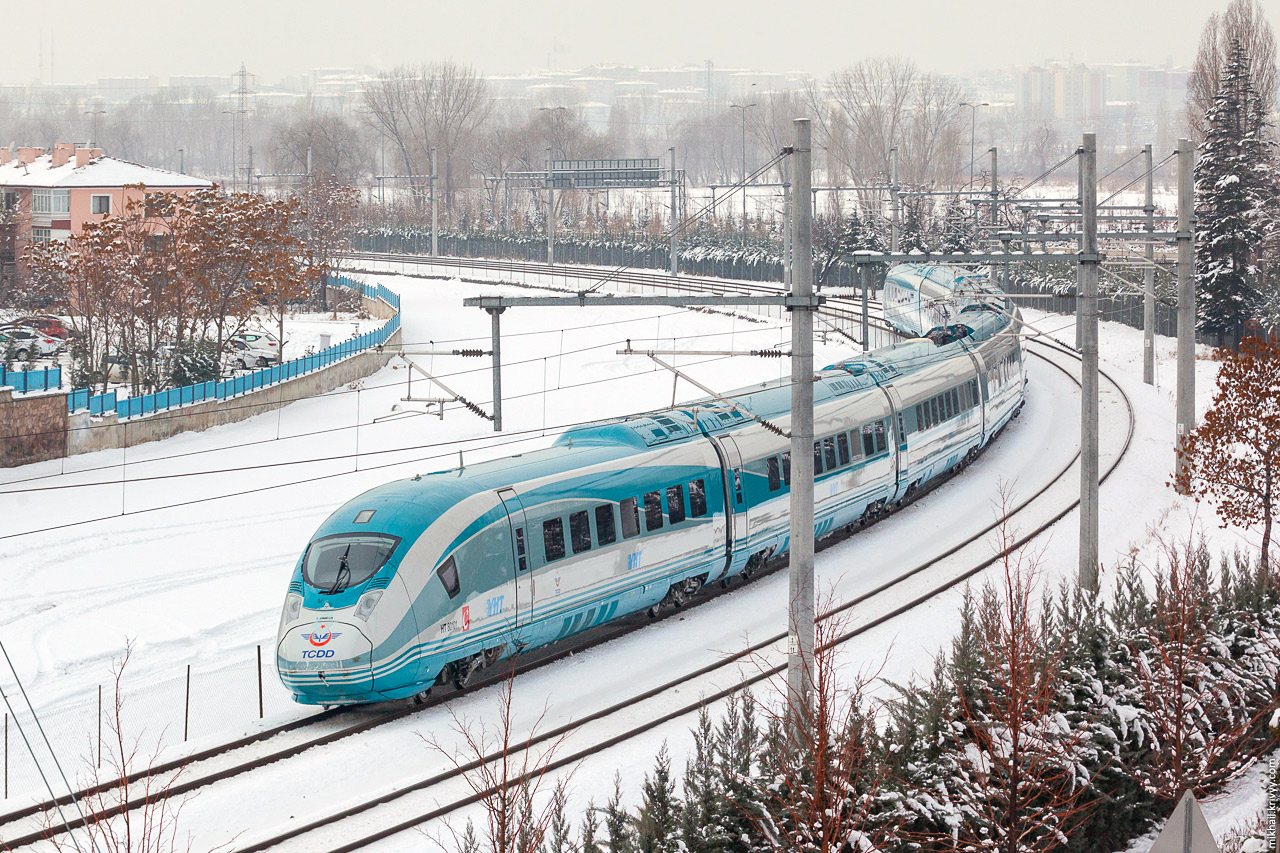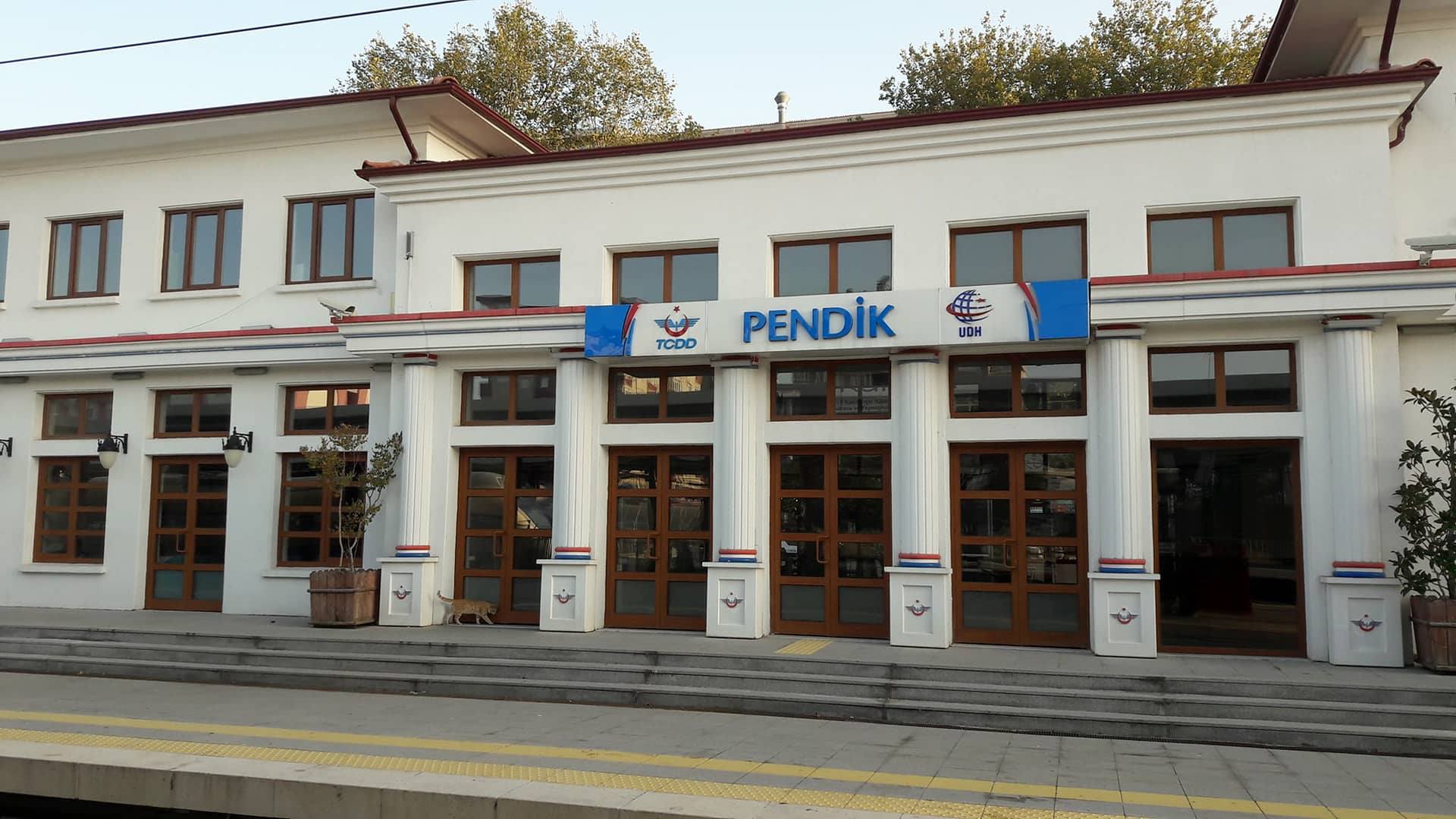|
Gebze Railway Station
Gebze station ( tr, Gebze garı) is a station on the Istanbul-Ankara railway in Gebze, Turkey. It is located between Plevne and Etem Paşa Avenues just southwest of Gebze's city center. It was the eastern terminus of the Haydarpaşa suburban commuter service until 2013 and in 2019 became the eastern terminus of the new Marmaray commuter rail line. Gebze was opened in 1873 as part of the Constantinople-Izmit railway, built by the Ottoman government. The Anatolian Railway (CFOA) took over the line in 1880 and continued to build further east from Izmit. The CFOA was nationalized in 1924 via the ''Anatolian-Baghdad Railway'' which was absorbed by the Turkish State Railways (TCDD) in 1927. On 29 May 1969 commuter service to and from Haydarpaşa Terminal was inaugurated and the line was electrified up to Gebze. [...More Info...] [...Related Items...] OR: [Wikipedia] [Google] [Baidu] |
TCDD Taşımacılık
TCDD Taşımacılık A.Ş. ( en, TCDD Transport, reporting mark TCDDT) is a government-owned railway company responsible for the operations of most passenger and freight rail in Turkey. The company was formed on 14 June 2016, splitting off from the Turkish State Railways (TCDD) to take over railway operations, while TCDD would continue to administer railway infrastructure. TCDD Taşımacılık officially began operations on 1 January 2017. TCDD Taşımacılık operates trains on a network of over within 59 of the 81 provinces in Turkey. Organisation TCDD Taşımacılık is a government-owned company responsible for the operation of passenger and freight railways within Turkey, including logistical centers and train ferries, using infrastructure owned and maintained by the Turkish State Railways. Passenger Operations TCDD Taşımacılık operates passenger rail service on most of its network. Passenger trains service most major cities in Turkey, although a few are without ... [...More Info...] [...Related Items...] OR: [Wikipedia] [Google] [Baidu] |
Haydarpaşa Terminal
Haydarpaşa is a neighborhood within the Kadıköy and Üsküdar districts on the Asian part of Istanbul, Turkey. Haydarpaşa is named after Ottoman Vizier Haydar Pasha. The place, on the coast of Sea of Marmara, borders to Harem in the northwest and Kadıköy in the southeast. It is a historical area with almost solely public buildings. Haydarpaşa is administered by the Mukhtars of Rasımpaşa and Osmanağa parishes ( tr, Mahallesi Muhtarı). Internationally known structures around the area are the Haydarpaşa Terminal, Port of Haydarpaşa and the Selimiye Barracks in adjacent Harem. Notable buildings Following public structures, built in the 19th century or early 20th century during the Ottoman era, are found in Haydarpaşa: Health and education * Haydarpaşa Numune Hastanesi (Haydarpaşa Paragon Hospital) * GATA Haydarpaşa Eğitim Hastanesi (Haydarpaşa Hospital of Gülhane Military Medical Academy) * Dr Siyami Ersek Hospital — A renowned hospital for cardiology * Ma ... [...More Info...] [...Related Items...] OR: [Wikipedia] [Google] [Baidu] |
Buildings And Structures In İzmit
A building, or edifice, is an enclosed structure with a roof and walls standing more or less permanently in one place, such as a house or factory (although there's also portable buildings). Buildings come in a variety of sizes, shapes, and functions, and have been adapted throughout history for a wide number of factors, from building materials available, to weather conditions, land prices, ground conditions, specific uses, prestige, and aesthetic reasons. To better understand the term ''building'' compare the list of nonbuilding structures. Buildings serve several societal needs – primarily as shelter from weather, security, living space, privacy, to store belongings, and to comfortably live and work. A building as a shelter represents a physical division of the human habitat (a place of comfort and safety) and the ''outside'' (a place that at times may be harsh and harmful). Ever since the first cave paintings, buildings have also become objects or canvasses of much art ... [...More Info...] [...Related Items...] OR: [Wikipedia] [Google] [Baidu] |
Railway Stations Opened In 1873
Rail transport (also known as train transport) is a means of transport that transfers passengers and goods on wheeled vehicles running on rails, which are incorporated in tracks. In contrast to road transport, where the vehicles run on a prepared flat surface, rail vehicles (rolling stock) are directionally guided by the tracks on which they run. Tracks usually consist of steel rails, installed on sleepers (ties) set in ballast, on which the rolling stock, usually fitted with metal wheels, moves. Other variations are also possible, such as "slab track", in which the rails are fastened to a concrete foundation resting on a prepared subsurface. Rolling stock in a rail transport system generally encounters lower frictional resistance than rubber-tyred road vehicles, so passenger and freight cars (carriages and wagons) can be coupled into longer trains. The operation is carried out by a railway company, providing transport between train stations or freight customer facilit ... [...More Info...] [...Related Items...] OR: [Wikipedia] [Google] [Baidu] |
Pendik Railway Station
Pendik station ( tr, Pendik garı) is the main railway station in Pendik, Istanbul. Located between Hatboyu and Abdülhalik Renda Avenues in southeastern Pendik. TCDD Taşımacılık operates YHT trains to Ankara and Konya, via Eskişehir, along with daily regional trains to Adapazarı. The station is away from Haydarpaşa station in central Istanbul. The metro line M10 is currently under construction to make the link with Sabiha Gökçen Airport, which is located about 9km in the North. History Pendik station was originally opened in 1872 by the Ottoman government, as part of a railway from Constantinople (modern-day Istanbul) to İzmit. The railway was later taken over by the Ottoman Anatolian Railway (CFOA) in 1888 and extended to Konya and Ankara. In 1909, the railway began operating frequent train service from Haydarpaşa station to Pendik. The CFOA was nationalized in 1927 and in 1936, Pendik station was rebuilt and expanded by the Turkish State Railways. In 1969, the ... [...More Info...] [...Related Items...] OR: [Wikipedia] [Google] [Baidu] |
Eskişehir
Eskişehir ( , ; from "old" and "city") is a city in northwestern Turkey and the capital of the Eskişehir Province. The urban population of the city is 898,369 with a metropolitan population of 797,708. The city is located on the banks of the Porsuk River, 792 m above sea level, where it overlooks the fertile Phrygian Valley. In the nearby hills one can find hot springs. The city is to the west of Ankara, to the southeast of Istanbul and to the northeast of Kütahya. It is located in the vicinity of the ancient city of Dorylaeum. Known as a university town; Eskişehir Technical University, Eskişehir Osmangazi University, and Anadolu University are based in Eskişehir. The province covers an area of . Name The name literally means 'Old City' in Turkish. History The city was founded by the Phrygians in at least 1000 BC, although it has been estimated to be older than 4000 years old. The current city lies about a mile from the ancient Phrygian city of Dorylaeu ... [...More Info...] [...Related Items...] OR: [Wikipedia] [Google] [Baidu] |
Konya
Konya () is a major city in central Turkey, on the southwestern edge of the Central Anatolian Plateau, and is the capital of Konya Province. During antiquity and into Seljuk times it was known as Iconium (), although the Seljuks also called it Darü'l-Mülk, meaning "seat of government". In 19th-century accounts of the city in English its name is usually spelt Konia or Koniah. As of 2021, the population of the Metropolitan Province was 2,277,017, making it the sixth most populous city in Turkey, and second most populous of the Central Anatolia Region, after Ankara . Of this, 1,390,051 lived in the three urban districts of Meram, Selçuklu and Karatay. Konya is served by TCDD high-speed train ( YHT) services from Istanbul and Ankara. The local airport ( Konya Havalimanı, KYA) is served by flights from Istanbul. Etymology of Iconium Konya was known in classical antiquity and during the medieval period as (''Ikónion'') in Greek (with regular Medieval Greek apheresis ... [...More Info...] [...Related Items...] OR: [Wikipedia] [Google] [Baidu] |
Ankara
Ankara ( , ; ), historically known as Ancyra and Angora, is the capital of Turkey. Located in the central part of Anatolia, the city has a population of 5.1 million in its urban center and over 5.7 million in Ankara Province, making it Turkey's second-largest city after Istanbul. Serving as the capital of the ancient Celtic state of Galatia (280–64 BC), and later of the Roman province with the same name (25 BC–7th century), the city is very old, with various Hattian, Hittite, Lydian, Phrygian, Galatian, Greek, Persian, Roman, Byzantine, and Ottoman archeological sites. The Ottomans made the city the capital first of the Anatolia Eyalet (1393 – late 15th century) and then the Angora Vilayet (1867–1922). The historical center of Ankara is a rocky hill rising over the left bank of the Ankara River, a tributary of the Sakarya River. The hill remains crowned by the ruins of Ankara Castle. Although few of its outworks have survived, there ... [...More Info...] [...Related Items...] OR: [Wikipedia] [Google] [Baidu] |




_-_3.jpg)
.jpg)
